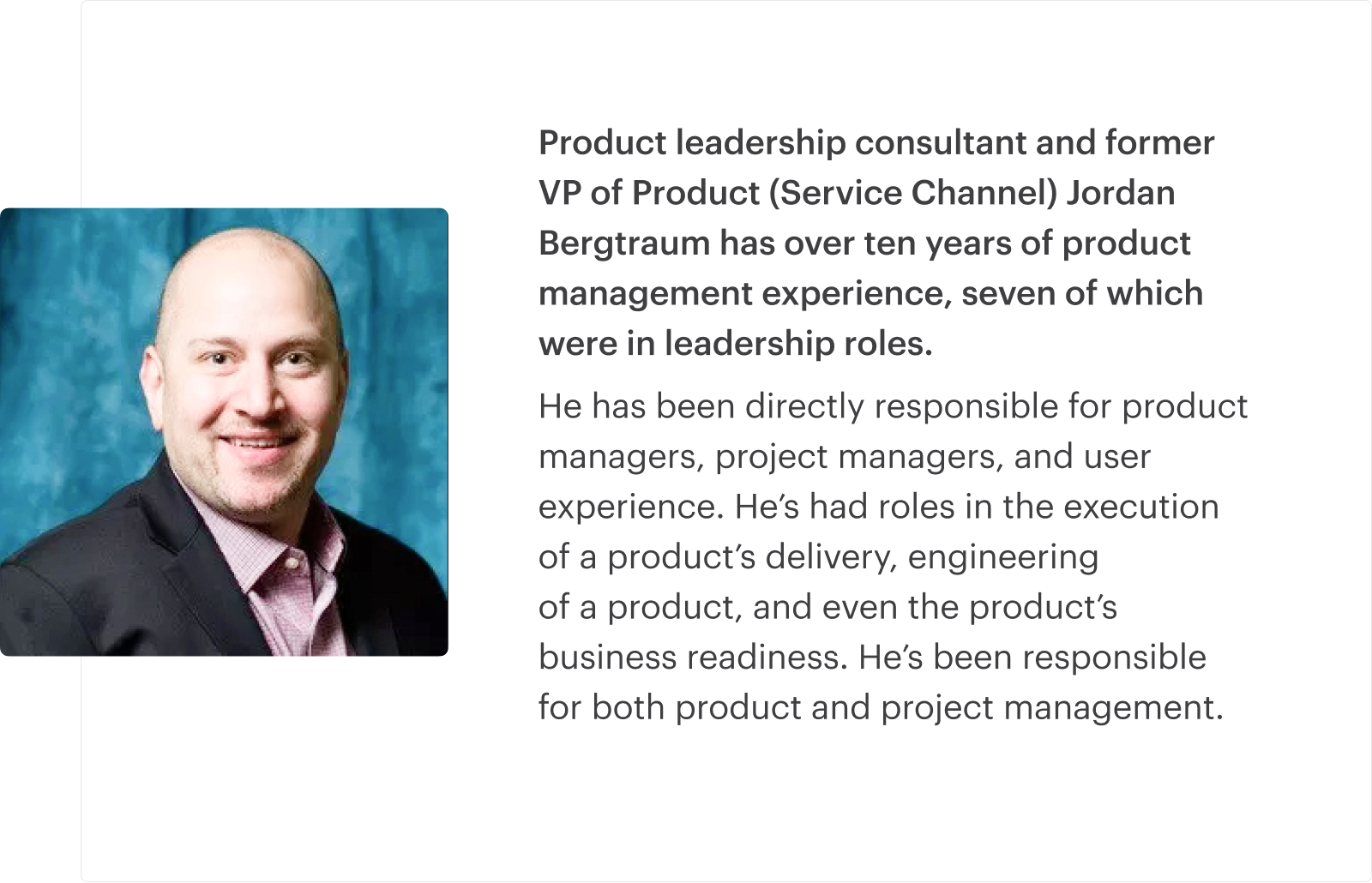A Quick Guide to Product vs Project Management
Launching a successful business around an in-demand product is uniquely challenging and gratifying. For entrepreneurs, you get to shape your growing team. Done well, you surround yourself with talent and build the productive company culture you’ve seen in your head all this time.

As the team grows, one thing that often lingers from your early, lean bootstrap days is the tendency to expect highly motivated people to cover two roles. It makes sense on one hand. Just look at what you’ve pulled off in those first xx months! But as the business grows, complexity increases and it’s vital to staff at the management level accordingly.
So let’s dissect product and project management today. These are two roles that often get conflated in the early stages and, in my opinion, need to transition to distinct positions ASAP if both are to be done well.

Most importantly, he outlines a clear way to divide those two roles and put them into two separate and valuable functions.
The Differences
The easiest and most straightforward way to explain the difference between product and project management is to discuss critical outcomes. In product management, the critical outcomes are building the right thing and building the thing right. To accomplish this, the core of a product manager’s mindset is to leverage market research to identify the greatest opportunities for the business, and determine how customers will get value from these opportunities. They also work to devise methods to measure whether or not these opportunities are successful.
In successful project management, the critical outcomes are on-time delivery, quality, and business readiness. Business readiness includes making sure that your knowledge management/training department has all of the information they need prior to release. And making sure that marketing has the right collateral to support the business.
Don’t ever assume that other team members or leaders are communicating these things. It is always better to have communicated it twice, than not at all.
There will always be gray areas when deciding which responsibilities go to the product manager and which go to the project manager. So look at who you have for the different roles, consider everyone’s strengths and weaknesses, and decide accordingly.
Communicate your decision clearly and accurately. Many responsibilities could, in theory, go to either product or project. Really, it doesn’t matter. What matters is making sure that whoever gets the responsibility is the most equipped for it.
The Problem
Remember, though, that product and project management are very different. They require different skills and experience. So, while it may not matter who takes which role, it is important that one person isn’t tasked with filling both roles. Many companies fail to differentiate between product and project management, and both roles end up falling on one person.
While this may be tenable for a short time in the early stages, the consequences will likely appear over time. Burnout, a lack of attention to product strategy, and missed development deadlines. All these can and often do stem from one person attempting to juggle both project and product management.
Very few people excel at both product and project management because of how different the two roles are. Each role requires certain skills and full attention. If someone tries to take on both roles, each individual one will only get half of their attention, and they won’t fully succeed in either. Granted, there are people that are good at doing both, but they are very rare.
People that excel at both roles don’t typically stay in that position for very long. They will either get promoted or decide to start their own business at some point.
Product managers already get pulled in many different directions as it is. Plus, project management tends to take precedence over product strategy. It is easier to assess tactical failure than product strategy failure. This is a classic case of the urgent naturally overwhelming the important. Issues arise frequently in project development that require, in most cases, immediate attention from the project management role.
You can defer strategy-related things for a while without much pushback from leadership and/or stakeholders, but being late on a delivery is a clear and measurable failure that is immediately recognizable.
The Solution
One strategy common in small but growing teams to let your engineering and quality assurance team take on more project management responsibilities. Granted, this solution won’t show the bigger and longer-term results of other solutions, but this is an easy solution to implement.
Engineers already tend to own most of the project management operation, so giving them the project responsibilities makes sense. Engineers may not always make the best project managers, but they are still much closer to those responsibilities.
The other solution, which is much more difficult to implement but much more impactful and beneficial, is to have a dedicated product management function and a dedicated project management function. Rather than handing responsibilities out to people who already have other roles, having roles specifically for both product and project management will be much more beneficial and effective in the long run.
To do this, you need to be able to sell the idea. You will need to get the upper levels of your organization to buy into the idea by communicating to them the importance of this idea. You should be informing them of the rarity of people who will be able to master both roles.
The first step in achieving either of these solutions is to assess your product team. You might have one product person, and you might have seven or eight. Regardless, you need to realistically assess your team and even leadership to determine which solution makes the most sense for you. You also need to assess your organization and determine what its needs are.
How to Get There
When creating two distinct functions, there tends to exist two phases that you must go through. The first phase involves sitting down with your current leadership and going over your organizational assessment with them.
Every growing startup will take a unique path based on the talent and resources already on hand.
If you have an established, experienced, and, most importantly, trusted lead engineer or QA who shows the capability and interest in stepping into a forming project management role, that is often optimal. They know the team and are already part of the project flow.
The second phase involves creating dedicated roles in leadership, in addition to your team, for product and project. Not only should you have a product and project manager, you should also have a head of product and a head of project. Whether this means hiring externally or reassigning internally will depend on your assessment, just make sure that if you hire externally, the person doing the hiring is equipped to do so. Make sure that they know what it takes to do the job.
Another important thing to remember when determining your product and project management functions is having a sense of mutual respect. You may not understand one role, but you should understand that it is just as important as the other role. This mutual understanding of the equal importance of both roles is crucial to an organization’s success.
So that’s project vs product management. If you’re a SMB leader who’s considering expanding management roles in an efficient and impactful manner, I hope you’ve learned how to differentiate and implement both PM and PdM roles. Thanks to Jordan for sharing his insights!




